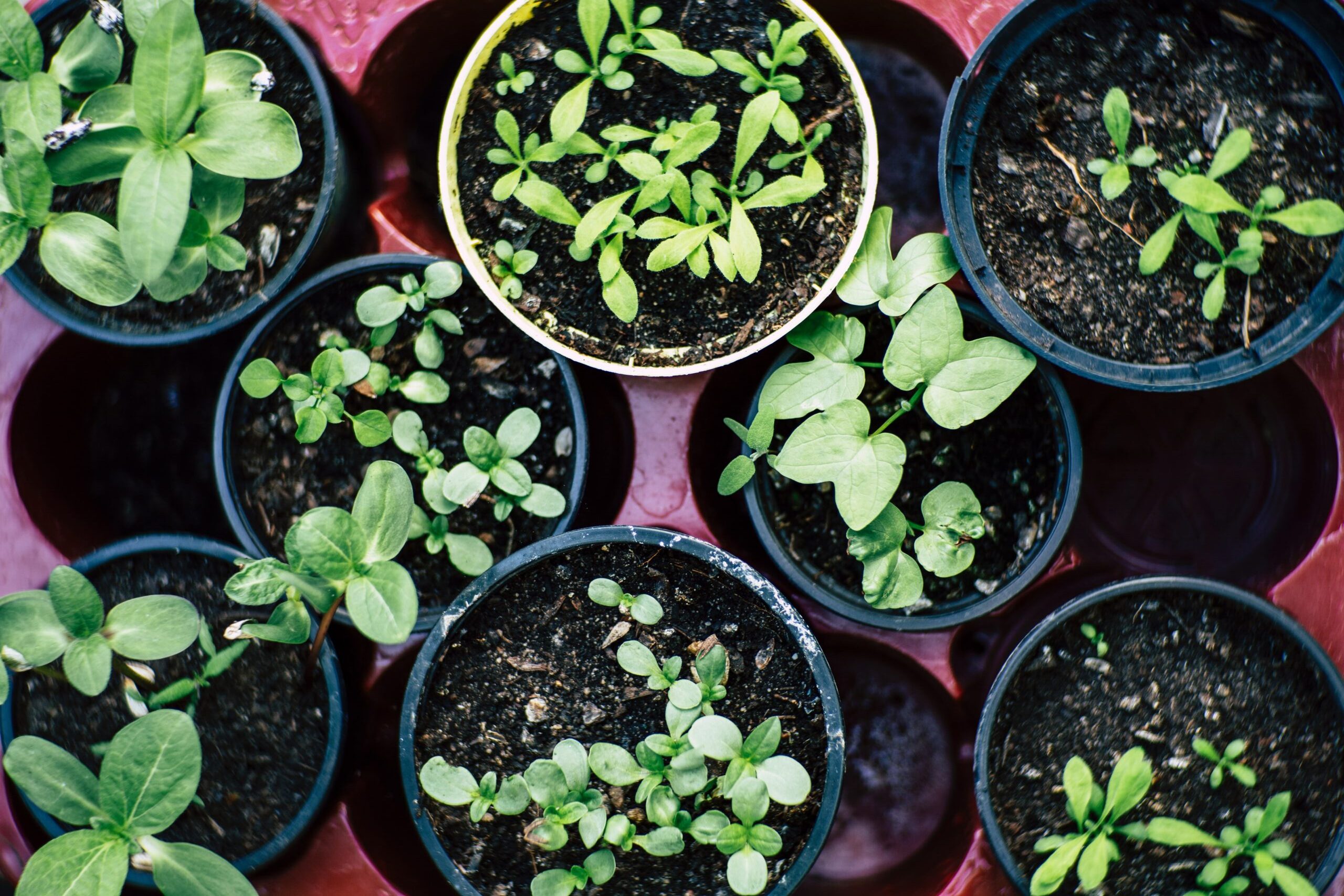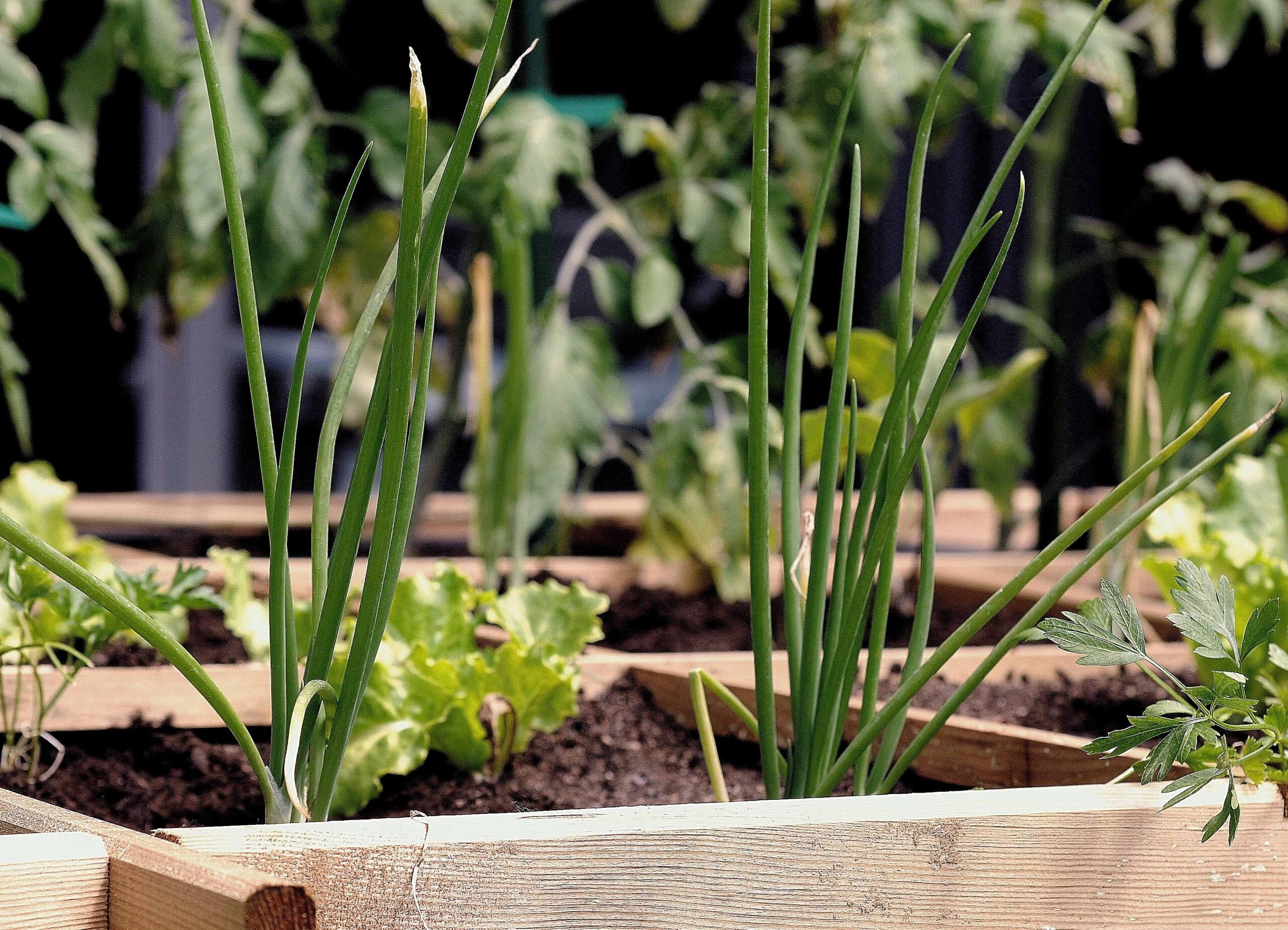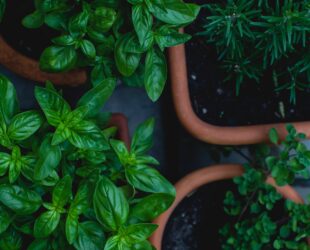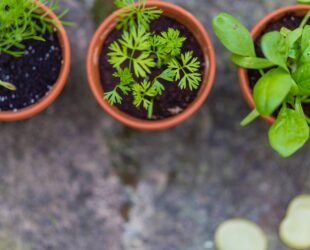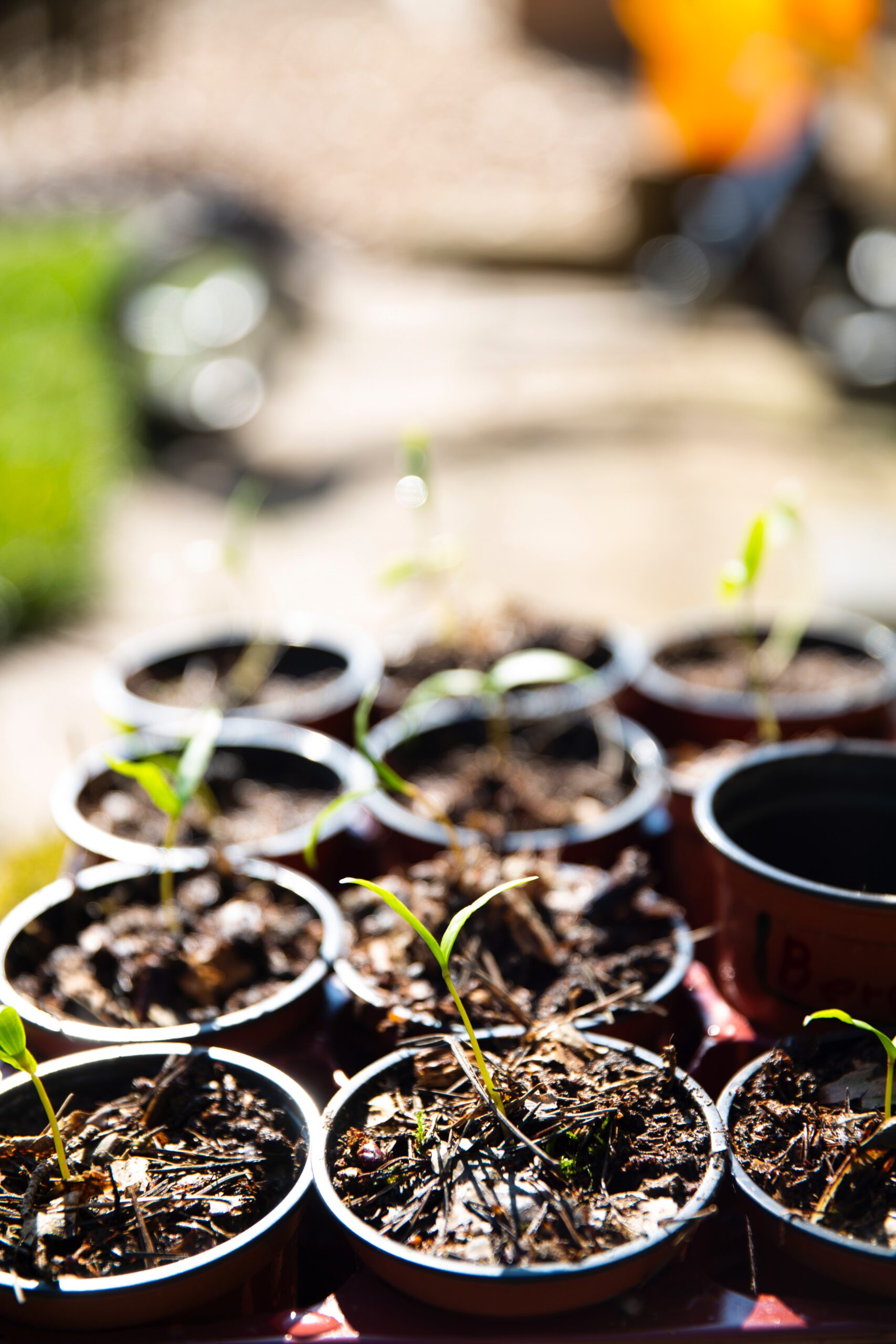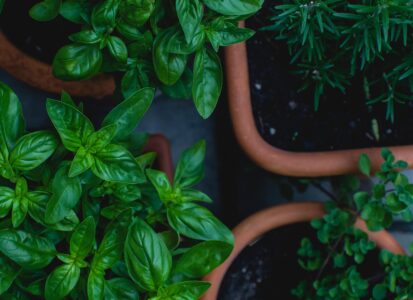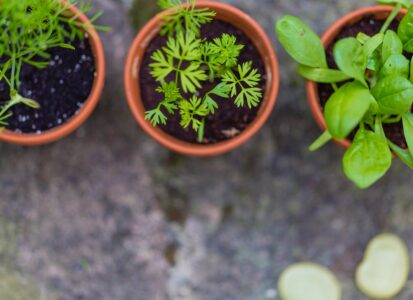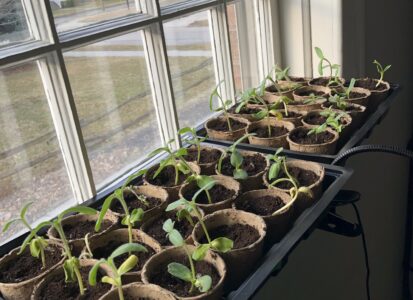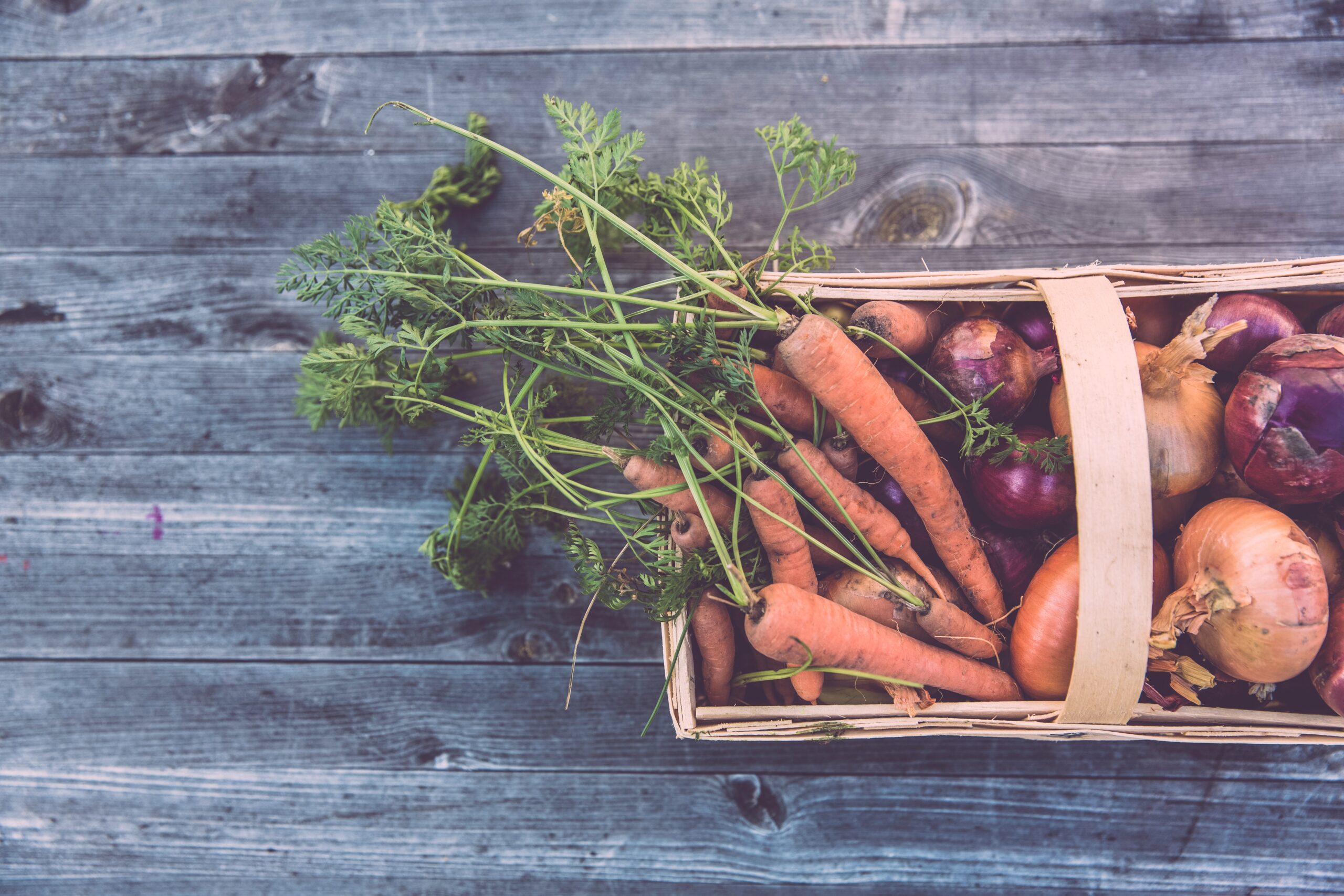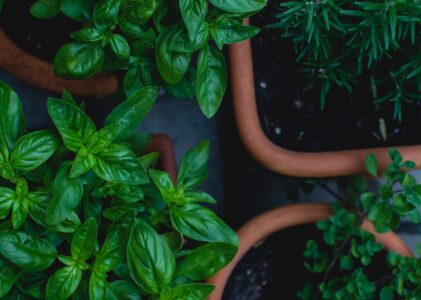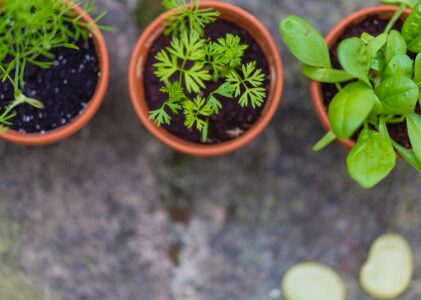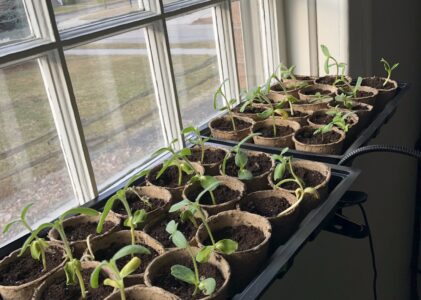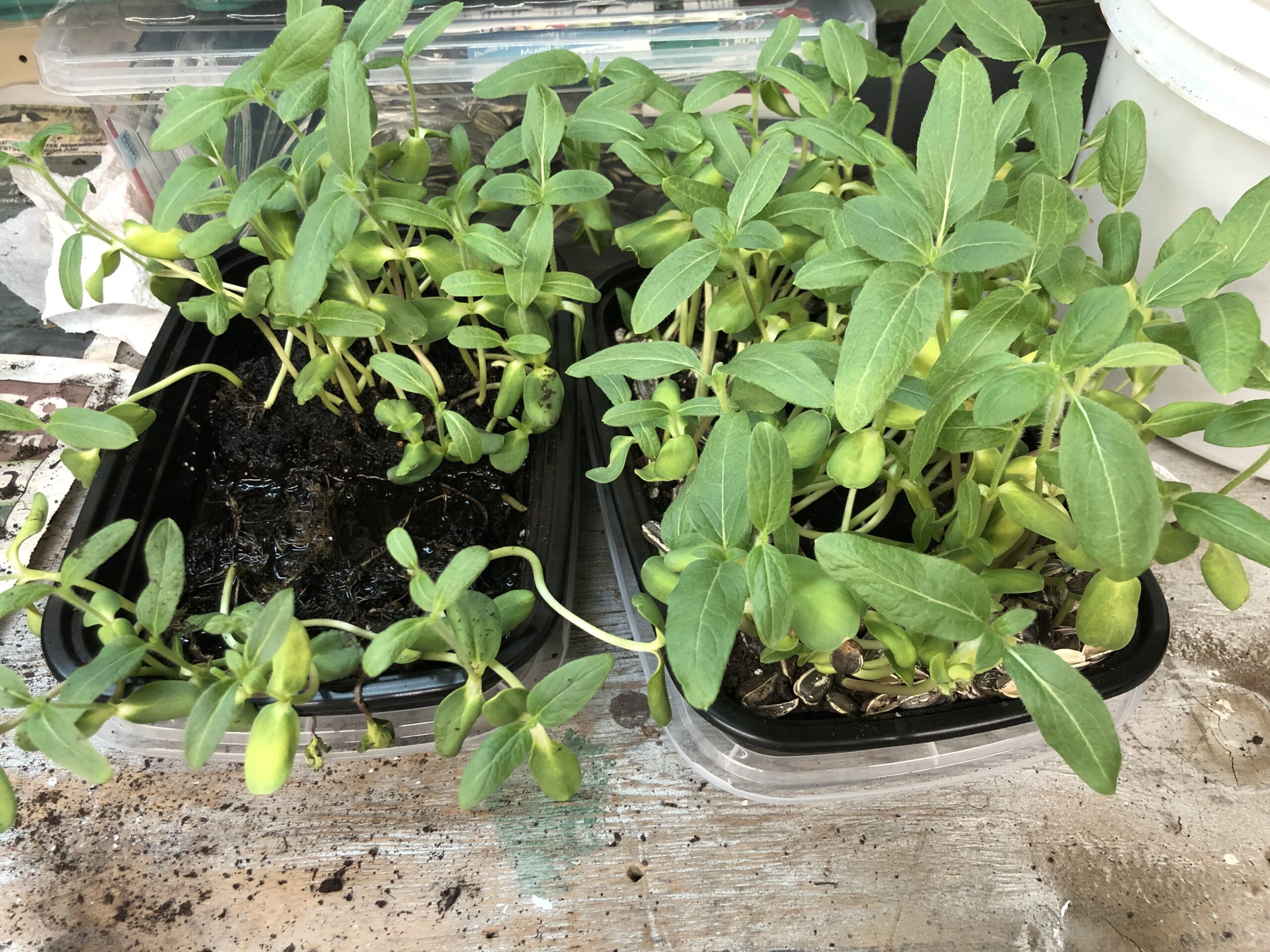Introduction
As a former farm kid turned city dweller, I’ve found that urban gardening is the perfect way to stay connected to my roots while enjoying the benefits of city life. Growing vegetables and herbs indoors and in small outdoor spaces has allowed me to continue enjoying fresh produce, improve air quality, and maintain a sense of tranquility in my home. All puns aside, there’s something very grounding to spend time with soil and plants. In this article, I’ll share my personal experiences and knowledge to help you get started with your own urban garden, focusing on the essentials: light, water, soil, and more.
I. Light
Growing up on a farm, I learned the importance of light in any successful garden, be it indoor or outdoor. Plants rely on light for photosynthesis, which produces the energy they need for growth. Now, as an urban gardener, I’ve discovered a few tricks to make sure my indoor plants get the light they need.
A. Understanding the importance of light for plant growth
Proper lighting is crucial to keeping your plants healthy and happy. Different plants have different light requirements, which can vary from low to high light intensity. When I first started my indoor garden, I quickly realized that providing the right amount of light would be a challenge, but with a little research and experimentation, it’s become second nature.
B. Identifying the ideal light conditions for different plants
To ensure your plants thrive, it’s essential to match their light requirements with the available light in your space. For example, some herbs like basil and parsley need at least 6 hours of direct sunlight, while others like mint can tolerate lower light levels. I’ve learned through trial and error which plants are best suited for the lighting conditions in my apartment, and it’s made a world of difference. Tomatoes and peppers like a lot of strong light, but leafy greens like lettuce and spinach prefer it to be less intense.
C. Options for providing light
Natural sunlight: To maximize the sunlight my plants receive, I’ve placed them near south-facing windows wherever I can. Other urban gardeners put plants on balconies. Keep in mind that the intensity and duration of sunlight can vary throughout the year, so be prepared to make adjustments as needed. This is very situational, your house/apartment might not have window access or non-shade time that your plants desire.
Artificial lighting: When natural sunlight isn’t enough, I’ve turned to artificial lighting options like LED grow lights and fluorescents. These can provide supplemental light or even replace sunlight altogether, depending on your needs. Not all lights are created alike, some consumer LED and fluorescent lights are intentionally filtered to remove the UV light that your plants crave. Take a look on my product reviews to see some of the grow lights that have worked for me.
D. Tips for optimizing light exposure
To make sure my plants get the best possible light exposure, I rotate them regularly to ensure even growth, use reflective surfaces like aluminum foil or white walls to bounce light onto the plants, and adjust the distance between the light source and plants as they grow. Don’t be afraid to experiment with different setups to find the perfect balance for your indoor garden.
II. Water
Most gardeners are already aware that water is the lifeblood of any garden. Just like light, providing the right amount of water for your indoor plants is crucial for their health and well-being.
A. Recognizing the significance of proper watering for plant health
Water is essential for plants to absorb nutrients, maintain their structure, and carry out essential processes like photosynthesis. Overwatering or underwatering your plants can cause a host of problems, from root rot to stunted growth, so it’s important to strike the right balance.
B. Learning the water requirements of various vegetables and herbs
Each plant has unique water needs, depending on factors like size, growth stage, and the type of growing medium used. I’ve found that researching the water requirements of my plants and monitoring their condition closely has been invaluable in keeping them healthy and hydrated.
C. Watering techniques
- Hand watering: I typically use watering cans or spray bottles to water my plants, making sure to water the soil and not the leaves, which can cause fungal issues. It’s important to water deeply and evenly, allowing the water to reach the root zone without causing waterlogging.
- Automated systems: For those times when life gets hectic, I’ve found that drip irrigation systems and self-watering planters can help ensure my plants receive consistent moisture. These systems can be a lifesaver, especially if you’re frequently away from home.
D. Detecting and avoiding common watering problems
To prevent issues caused by improper watering, I’ve learned to recognize the early signs of trouble. For example, wilting or yellowing leaves may indicate overwatering, while brown leaf tips could signify underwatering. By checking the moisture levels in the soil regularly and adjusting my watering schedule accordingly, I’ve been able to avoid many common watering pitfalls.
III. Soil
Back on the farm, I came to appreciate the importance of rich, fertile soil for plant growth. When it comes to indoor gardening, choosing the right growing medium is just as critical.
A. The role of soil in supporting plant growth
A good growing medium provides the necessary nutrients, water, and air for your plants to thrive. It should also have the right texture and structure to promote proper root development and prevent compaction.
B. Types of growing media for indoor gardening
Potting soil mixes: When I started my indoor garden, I found that high-quality potting soil mixes worked best for most of my plants. These mixes are specifically designed for container gardening, providing the right balance of nutrients, water retention, and drainage.
Soilless media: For some plants, I’ve experimented with soilless media like coco coir, perlite, and vermiculite. These alternatives can offer excellent drainage and aeration, making them suitable for plants that are sensitive to overwatering or prone to root rot.
C. Customizing your growing medium for specific plants
Over time, I’ve learned that tailoring my growing medium to the needs of specific plants can make a big difference in their health and productivity. For instance, I’ll often add extra perlite to the potting mix for plants that prefer well-draining soil or mix in organic matter like compost for plants that need a nutrient boost.
D. Tips for maintaining healthy soil
To keep my indoor garden thriving, I make sure to replenish nutrients through regular fertilization, ensure proper drainage by using containers with drainage holes, and occasionally replace the growing medium if it becomes depleted or compacted.
IV. Containers and Space
One of the challenges of urban gardening is making the most of limited space. Over the years, I’ve discovered that choosing the right containers and maximizing available space can be crucial to your indoor garden’s success.
A. Choosing the right container for your plants
The right container should provide ample space for your plant’s roots to grow, have drainage holes to prevent waterlogging, and be made of a material that suits your plant’s needs. I’ve experimented with a variety of containers, from traditional pots to fabric grow bags, to find the best fit for each plant.
B. Space-saving strategies for city dwellers
Vertical gardening: To make the most of my limited space, I’ve used wall planters and hanging baskets to create vertical gardens. This approach not only saves floor space but can also create a stunning visual display.
Multi-tiered shelving units: Another space-saving solution I’ve found helpful is using multi-tiered shelving units to house multiple plants in a compact area. This setup allows me to grow a wider variety of plants without overcrowding my living space.
C. Creative container ideas
Over time, I’ve found that repurposing household items like mason jars, old cans, and wooden crates can make for unique and affordable plant containers. Just remember to add drainage holes and choose a size appropriate for your plants’ root systems.
V. Plant Selection and Care
Choosing the right plants for your indoor garden and providing them with the proper care can make all the difference in their growth and productivity. Over the years, I’ve learned which plants work best in my urban environment and how to keep them healthy and happy.
A. Picking the best plants for your indoor garden
When selecting plants for my indoor garden, I consider factors like light requirements, size, and growth habits. Some of my favorite indoor vegetables and herbs include lettuce, spinach, cherry tomatoes, basil, and mint. I recommend starting with a few easy-to-grow plants and gradually expanding your collection as you gain experience.
B. Basic plant care guidelines for common vegetables and herbs
Proper plant care involves more than just providing light and water; it’s also essential to monitor temperature, humidity, and air circulation. I’ve found that maintaining a consistent environment and promptly addressing any issues, like pests or diseases, is key to a successful indoor garden.
C. Troubleshooting common plant problems
Over the years, I’ve encountered my fair share of plant problems, from pests like aphids and spider mites to diseases like powdery mildew. To manage these issues, I’ve learned to identify early warning signs and use a combination of preventative measures and treatments, such as neem oil, insecticidal soap, or even beneficial insects like ladybugs.
Conclusion
Urban gardening has been a rewarding journey for me, and I hope my experiences can help you navigate the essentials of indoor gardening. Remember that experimentation and learning from your mistakes are all part of the process. As you explore the world of urban gardening, don’t hesitate to share your experiences and engage with the community here on Greg’s Urban Garden. Happy gardening!
